While Batting and Bowling are the two main pillars of the game, the importance of fielding in modern cricket cannot be ignored and is the third pillar of the sport. This article will dwell and reinforce the importance of fielding in modern cricket and how fielding has shaped cricket in today’s game. While how we bowl and bat differs from format to format, fielding and its importance is the same in any format of the game. Fielding does not mean only to stop the ball and roll it back to the bowler for his next delivery, the effectiveness of fielding matters the most. Fielding is preventing runs or creating an opportunity to take a wicket by taking catches or effecting a run out. Today, with players getting fitter and physically more agile has improved the quality of fielding as compared to the past and it has been one of the reasons to make the game more competitive than ever.
Presented by Raghunath Nair
Date- 04/07/2023
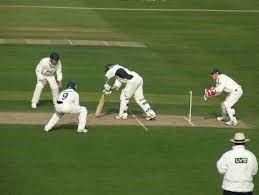
Introduction
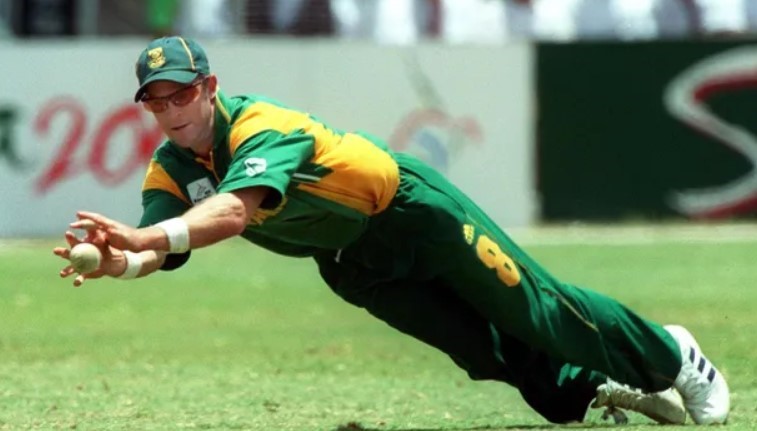
Fielding has now become an important pillar in the game of cricket. While batting and fielding results may be inconsistent and results may differ from game to game due to various factors, fielding is an aspect of the game which can be made consistent and to a large extend error free.
While form plays an important part in Batting and Bowling along with the conditions of the pitch and weather, fielding is more or less an individual skill which can be improved on a daily basis with constant practice.
Fielding skills are definitely a natural skill for many but it is one aspect of the game which is a controllables for the player.
In the past, fielding was an ignored trait and a player could make it to the team on his pure batting or bowling skill. In the modern cricket the chances of a poor fielder making it to the team on purely his bowling or batting is rare.
Good fielding can be the difference between a win or a loss and there are enough instances in history showcasing the importance of fielding in the game.
Great fielders in the history of the game were not necessarily naturally born great fielders which only proves the point that Fielding is also something that can be worked on.
History has shown us that with sheer practice and hardwork, average fielders have become great assets on the field.
Fielding has many elements to it like running, throwing, catching, reflexes etc. While a batsman can get dismissed without any contribution or a bowler can go wicketless, a fielder can always contribute in the game immaterial of the situation in the game.
While the agile fielders occupy close in fielding positions due to their reflexes and anticipation skills, an outfielder becomes more effective with his sprints, strong throwing arm etc. in both situations, fielders have to hold on to all their catches and a great fielder tries to convert those half chances in favor of his team too.
Fielding in Cricket
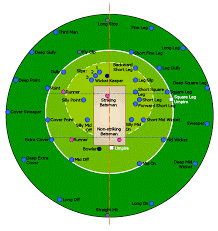
In the past, Fielding was often not considered as an important skill and fielders were positioned in the field more to prevent runs and stop the ball. Over the years, fielding became an important and integral part of the sport. While wicket keeping was the only specialised position of a player, over the time fielders became proficient in specialised position like the slips, close in fielding position or as boundary riders.
Fielding came into importance in the 70s when limited over cricket came into play. With limited overs, runs scored became a bench mark to win a game and the importance of every run saved was like a run scored by the fielder for his team.
While the fitter players and better fielders were positioned in run saving and catching positions, captains hid weaker fielders in defensive fielding position like boundary lines at third man and fine leg positions.
With T20 coming in as the latest format, Good batsman or bowlers struggled to be in the team if their fielding was a suspect. Fielding skills like sharp catching, ground fielding and being athletic in the field now are a prerequisite
Importance of Fielding in Modern Cricket
While all formats are important and importance of fielding cannot be discounted in any of the format, modern cricketer should be a good fielder and should have skills of batting or bowling or both to be part of the team.
Fielding requires to create opportunities toeffect a run out or take a catch to dismiss a batsman. It is no more the bowler’s role alone.
The result of the match can change with some brilliant fielding which can totally change the tide of a match.
Fielding has become so important in modern cricket that there are specialised fielding coaches who trains players to guard specialised position
Wicket Keeping, Slips, Gully, Point, Cover, mid-off, mid-on and mid-wickets are all specialised position and players are earmarked for these specialised position.
In the modern-day cricket, games are won or lost on few runs. Good fielding teams have a distinct advantage.
Australians are the dominating team in world cricket and not surprisingly are also one of the best fielding sides.
Modern cricket is witness to some spectacular catches, run outs which makes great television and also a reason for its popularity.
Best Fielders in Cricket History
Vivian Richards
In the 70s and Eighties, Sir Vivian Richards was considered the best all-round fielder of his era. He was one of the few fielders in the game who was effective in any fielding position. He was as effective as a deep fielder as he was as a close in fielder and his contribution in the 1975 World Cup as a fielder alone was a talking point of the World Cup. While his impressive batting skills made him one of the modern greats, Vivian Richards was truly a natural fielder with quick reflexes and with a powerful arm.
Jonty Rhodes
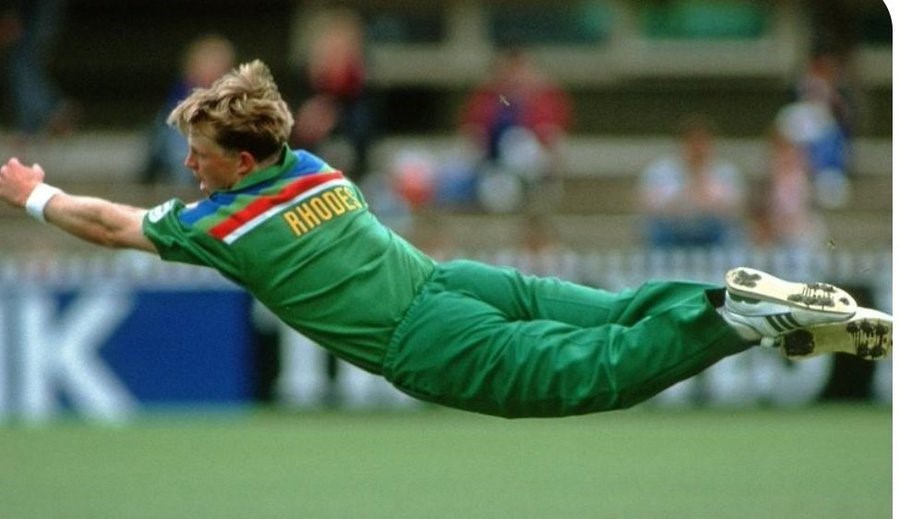
One of the players in modern cricket who could be in the team purely for his fielding ability was the South African Jonty Rodes. He had made point/ gully fielding position as his own. His ability to pounce on the ball remotely close to him and then to recover and be on his feet ready to throw at the stumps on either end was a trademark move of the talented SouthAfrican. While he was a useful middle order bat, his superb fielding prowess overshadow his other achievements on field. Jonty Rhodes single handedly made Fielding look glamourous and was the torch bearer for the change in fielding for the future. Jonty Rhodes was equally effective in Test and in ODIs and was a crowd puller.
Mark Waugh
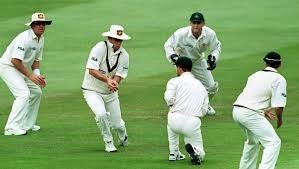
With his easy-going attitude and with a natural lazy swag, this Australian do not come across as a fielder but Mark Waugh was considered Australia’s best slip catcher and a brilliant catcher in the deep. He made slip catching look like child’s play and had excellent reflexes. He was a natural fielder and was a very relaxed fielder which gave him the additional time required.
Ravindra Jadeja
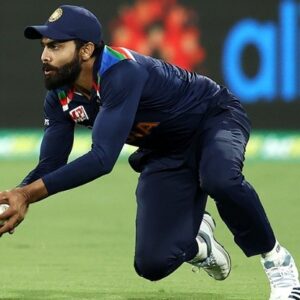
Ravindra Jadeja, currently is arguably the best fielder in the world. He is one of the best for his all-round fielding prowess. He can be placed at any position and can patrol the boundary with ease. He has a rocket arm and he is famous for his direct hits to effect Run Outs.
His all-round skills allow him to do practically everything in the outfield. He is also a brilliant fielder of his own bowling taking some amazing caught and bowled chances
Steve Smith

Again, Steve Smith is a natural gifted player and plays his cricket unconventionally. His batting and fielding both are unconventional but effective. He is an excellent slip catcher and can run like a gazelle while patrolling the boundary. He is known to take some brilliant one-handed catches in slips for both the fast bowlers and spinners. He has a brilliant throwing arm which has affected lot of run outs.
AB De Villiers
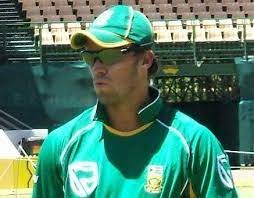
AB De Villiers was able to have similar success as Jonty Rhodes for south Africa. While Jonty played only Test and ODI, ABD was able to showcase his fielding prowess in the T20 format also. A Natural athlete, ABD could hold to any fielding position and captains used to put him in the most run saving position. Some of the catches he has taken at the boundary line defied gravity and hence a very popular figure in the cricketing world.
Ricky Ponting
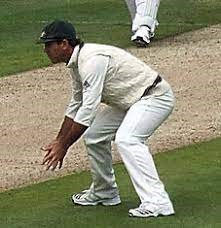
During his illustrious career, Ricky Ponting was the best fielder of Australia by a long way. He was agile and occupied attacking fielding position. His batting overshadowed his fielding skills but he is considered one amongst the best in the all time list.
Conclusion
The importance of Fielding in Modern Cricket is evident with the fact that teams put extra emphasis on the all round development of the player. Physical fitness and training on other aspects like fielding are given more importance and not just on the core skill of batting and bowling.
A dropped catch or a missed run out can prove detrimental to the fielding team and one such small blemish on the field can tilt the game towards the opposing side.
A good fielding performance can lift the team and create a very competitive and positive environment within the team.
Fielding should be given as much importance as batting and bowling as it is a prerequisite in the modern day sport.
A run-out which Bangledesh will never forget😂❤️🔥🔥#MSDhoni @msdhoni pic.twitter.com/4CfBrkSqGY
— msd_stan (@bdrijalab) July 3, 2023


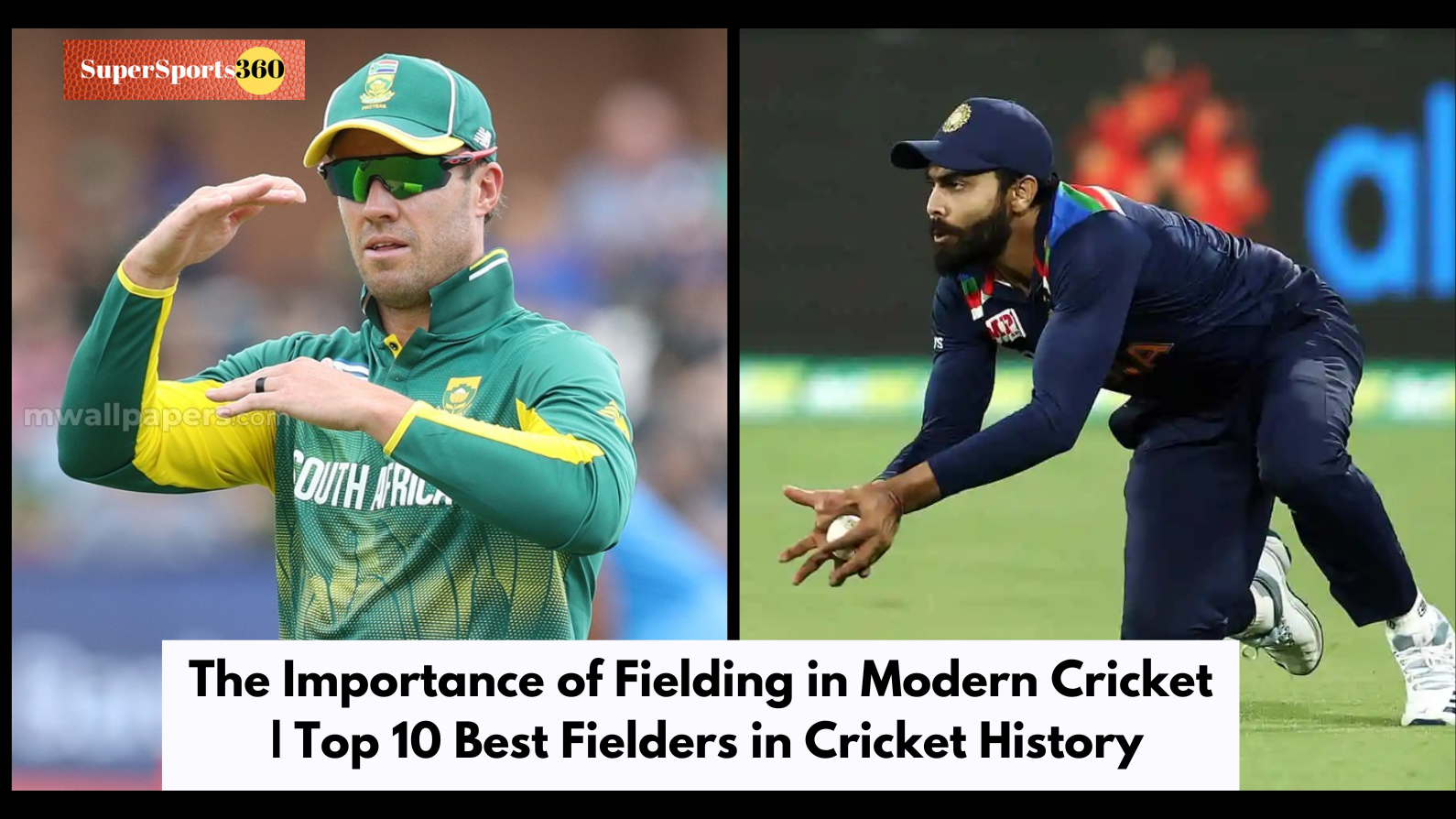
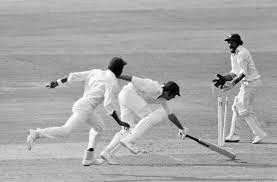
Leave A Comment